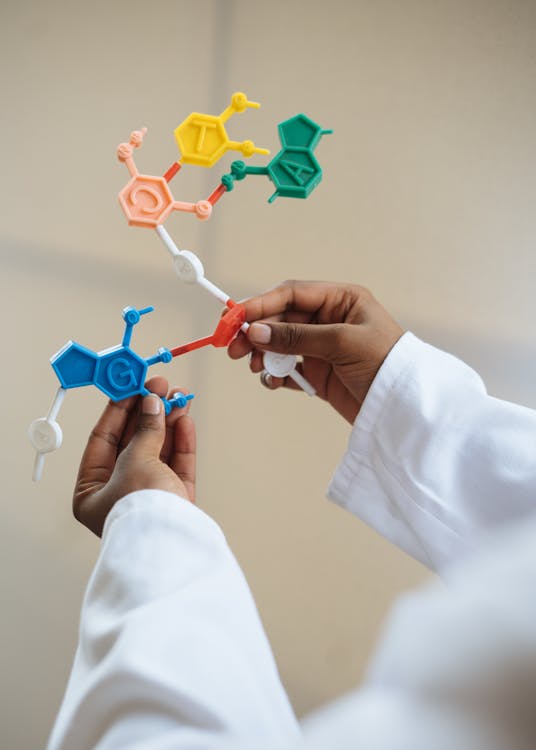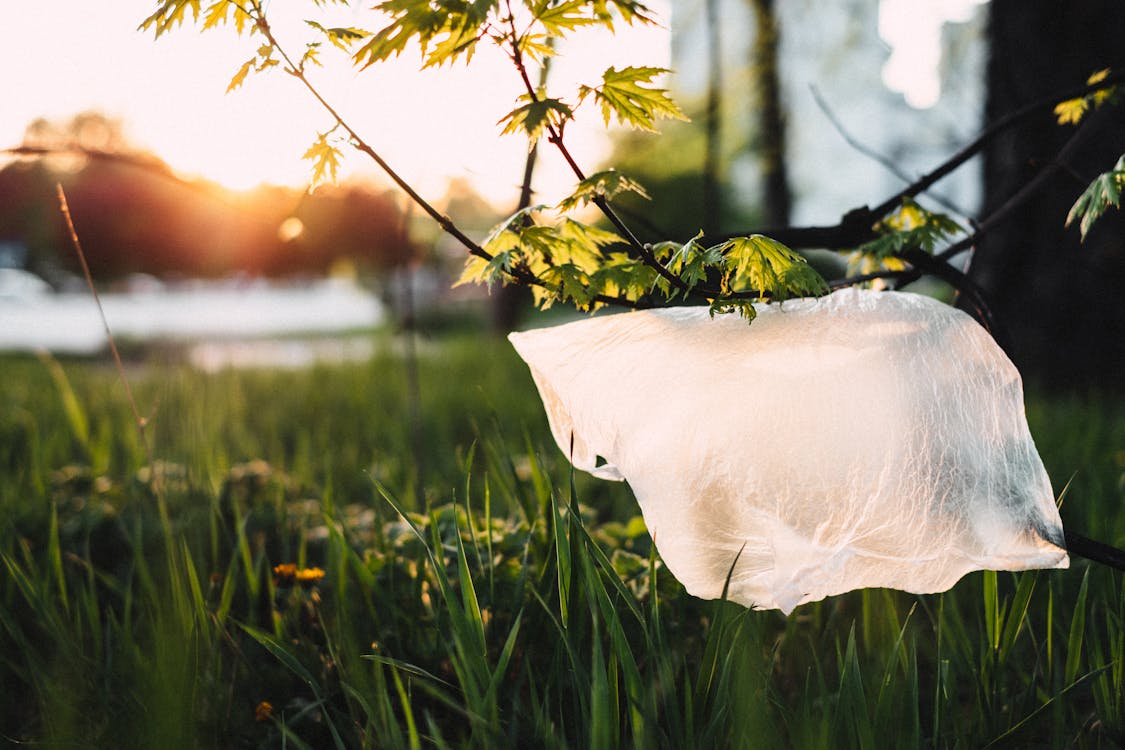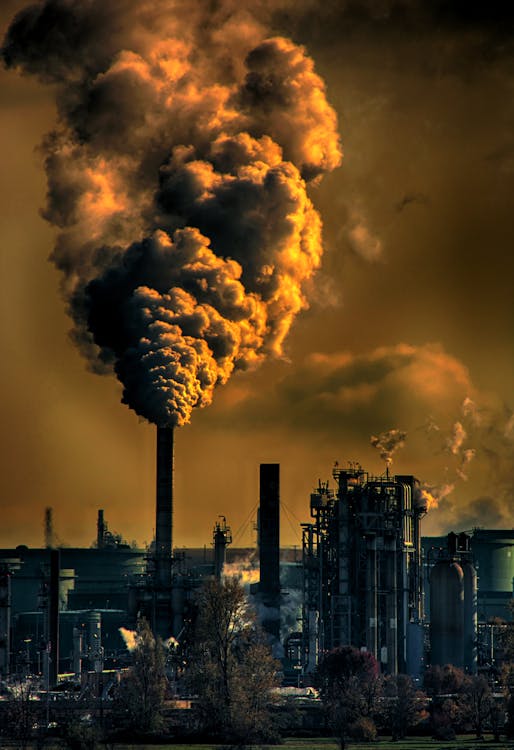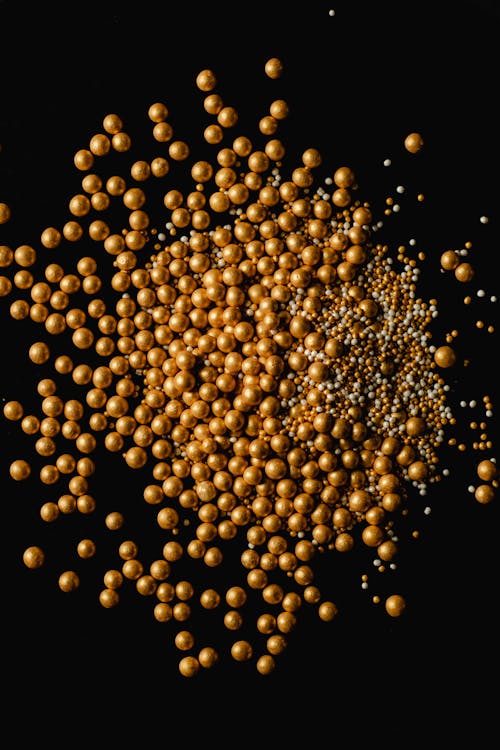Chemistry In My World – Information Fluency
Science COL Project Part 1
Central Question – What makes a nonstick pan nonstick?
- How many layers of polytetrafluoroethylene coating is there on pan to make it nonstick?
–The nonstick pan business is a competitive and common field. Due to this, companies will do anything to make their product unique, specifically having different amounts/layers of the polytetrafluoroethylene coating. The manufacturer decides between 2, 3 or 4 layers of 25 micron. Of course, the fewer the layers the cheaper it is. Most non-industrial pans only use one or two coats of nonstick material because it is the cheapest option. These companies also use a layer of tiny particles of stainless steel or ceramic as a reinforcing agent.

Photo by Toa Heftiba Şinca from Pexels
2. What is the elemental makeup of the coating polytetrafluoroethylene?
– Polytetrafluoroethylene or PTFE is the coating utilized to make a nonstick pan nonstick. This coating is made of something called a carbon backbone chain which is essentially a chain of thousands or more carbon atoms. From this we know that one of the fundamental elements is carbon but what you don’t know is that each carbon is attached to two fluorine atoms in order to be balanced. Since we know which elements are involved, we can also determine that this is a covalent compound because they are two non-metals chemically bonded together. The formula is CF2, and the name is Carbon difluoride.

Photo by RF._.studio from Pexels
3. What are some unique characteristics of polytetrafluoroethylene?
As this element is so unique, it portrays and has multiple unique characteristics. A few of them are self-lubricating, non-flammable, resistant to radiation, wide temperature range, one of the lowest coefficient of friction of solids and of course PTFE is non-stick. It is even said to be the most unique of all thermoplastics and thermosetting polymers.

Photo by freestocks.org from Pexels
4. Is this coating/layer harmful?
I love cooking because it runs in my family, everyone cooks, and it is just a huge part of my culture. The reason as to why I first got interested in non-stick pans specifically is because I recently got birds and while learning how to properly take care of them, I discovered that nonstick pans or rather the coating on them is deadly to them. From what I read, this is because their lungs are extremely tiny and even the smallest amount of toxins can kill them and that made me wonder if these pans and coatings are toxic to us aswell. Upon further investigation, this has not been deemed toxic, but the ingestion or fumes breathed in are somewhat toxic and despite our large lungs compared to birds, these toxins build up and is able to cause cancer.

Photo by Chris LeBoutillier from Pexels
5. In what different ways can this composition be used?
Polytetrafluoroethylene is a very versatile compound of elements that can be used in numerous ways but mainly to make things slippery or nonstick. The most common ways are to treat carpets, to make fabrics stain resistant and even to make artificial body parts since the human body generally does not reject it.

Photo by MART PRODUCTION from Pexels
6. Is this an ion? If so, is it positively or negatively charged?
Polytetrafluoroethylene or rather the compound it is made of is not an ion. We can determine this two ways. The first way is because this is a covalent compound which means that this compound does not include ions like an ionic compound would but instead is the joining of two atoms. Another way we can determine this is by simply knowing that when there is an element that wants electrons or needs to give away electrons, it will join with one or more of another element that needs give away electrons or receive electrons which will balance out both elements and cancel out the charge.

Photo by Eva Elijas from Pexels
A little bit more basic information about my is:
- Color – Polytetrafluoroethylene is an opaque plastic like ivory white color.
- State at room temperature – At room temperature, my element is a thermoplastic polymer (a white solid)
- Melting Point – Since this is designed for cooking, it will only melt at 327 degrees Celsius.
- Boiling point – This is said to be as high as 400 degrees Celsius.
- Who discovered it? – Roy Plunkett first discovered polytetrafluoroethylene.
- Where was it discovered? – As you will read more about later, this is not a naturally occurring element, it was accidently invented in a lab.
- Who named it? – It is unclear who named this, but it was either the scientist himself, Roy or the company he worked for, E.I. du Pont de Nemours & Company which is now known as the DuPont Company.
- How was it discovered? – PTFE was actually an accidental discovery that occurred in the process of creating/finding a non-toxic refrigerant. While doing this gaseous tetrafluoroethylene was formed and due to the large amount, it was stored in a refrigerator only to later find that full containers had evaporated leaving behind a thin white layer of polytetrafluoroethylene.
- When was it discovered? – It was discovered sometime in April 1938.
- Element names – Carbon, Fluorine
- Symbol – C, F
- Atomic number – 6, 9
- Atomic mass – 12, 19
- Number of protons – 6, 9
- Number of neutrons – 6, 10
- Number of electrons – 6, 9
- Located on the periodic table – Both elements of the compound are on the non-metal side of the staircase. Carbon is the first element in column 14 and fluorine is the first element in row 17(a halogen).
List all websites, at least three sites –
– (n.d.). Retrieved from https://pslc.ws/macrog/ptfe.htm#:~:text=Polytetrafluoroethylene%2C%20or%20PTFE%2C%20is%20made%20of%20a%20carbon,of%20carbon%20atoms%20being%20thousands%20of%20atoms%20long.
– Bellis, M. (n.d.). The history of Teflon and its many uses. Retrieved April 12, 2021, from https://www.thoughtco.com/invention-of-teflon-4076517#:~:text=Roy%20Plunkett%20discovered%20PTFE%20or%20polytetrafluoroethylene%2C%20the%20basis,discoveries%20that%20happened%20by%20accident.%20Plunkett%20Discovers%20PTFE
– Poly(tetrafluoroethylene). (n.d.). Retrieved April 12, 2021, from https://www.chemicalbook.com/ChemicalProductProperty_EN_CB4392561.htm
– Polytetrafluoroethylene. (n.d.). Retrieved April 12, 2021, from http://www.sciencemadness.org/smwiki/index.php/Polytetrafluoroethylene
– The properties and advantages of ptfe. (2016, July 19). Retrieved April 12, 2021, from https://www.fluorotec.com/news/blog/the-properties-and-advantages-of-polytetrafluoroethylene-ptfe/#:~:text=Polytetrafluoroethylene%20or%20PTFE%20is%20a%20particularly%20versatile%20ivory-white,the%20food%20and%20drink%20industry%2C%20pharmaceuticals%20and%20telecoms.
Science COL Project Part 2
- What questions did you need to research in order to create your post? – Ask
Throughout the process of discovering fundamental characteristics about my everyday element (the nonstick coating on nonstick pans for cooking), there were numerous query’s I had and asked. The primary ones based off the question what makes a nonstick pan nonstick were:
- How many layers of polytetrafluoroethylene coating is there on a nonstick pan?
- What state is it at different temperatures?
- What is the elemental makeup of the coating polytetrafluoroethylene?
- Where and who discovered it?
- What are some unique characteristics of polytetrafluoroethylene?
- What color is it?
- Is this coating/layer harmful?
- In what different ways can this composition be used?
- What is the element on the periodic table?
- Is this built up of ions. If so, is it positively or negatively charged?
2. What new or familiar digital tools did you try to use as you worked through this project? – Acquire –
There were numerous digital tools I utilized to acquire the right information about polytetrafluoroethylene. These are the most frequent ones and what I used each site for:
- YouTube for me to learn about the element before I wrote about it
- Google for research
- Pexels.com for royalty free pictures
- Citation machine to properly cite my information
3. What was the process you used to investigate the topic? – Analyze –
In order to thoroughly investigate my topic of choice, I needed to have a good plan in place to manage this assignment. I first chose which element to focus on with my partner and then proceeded to do a little bit of background research, so I truly understood the element before writing about it. I then reviewed the rubric for the first half of this assignment considering I had to complete that prior to completing this part. While answering the questions created about polytetrafluoroethylene (the coating to make pans nonstick), I made sure to note down my sources and not plagiarize. After including a little extra basic information about my object, I added pictures, cited my sources and made sure to collaborate with my partner the best I could.
4. How did you verify and cite the information you found? – Analyze
To verify my information, I ensured that more than two sites supported these ideas about my element. To cite my information, I took all the sites I had noted down on a spare document and plugged them into the trusty citation machine. Another helpful way to ensure the verification was to only utilize pictures from share friendly sources like pexels.
5. How did the process of completing this challenge go? What could you have done better? – Assess –
In terms of the final product and process, I was a little confused throughout the whole project because we were not given much class time to ask questions and even when we were my partner was away, which led to me completing a lot of the work over the weekend. If I had a little bit more time or was able to create a better game plan with my partner, I think the assignment would not seem so rushed. Another area I could improve on was including more of my own ideas to the second half since a lot of my information is similar to the example of vibranium on the edublog. Still, I put forward my best effort considering the circumstances and learnt important things about my element and how to properly complete research assignments in the future.
By: Saumya Dua
Great post looking at why non-stick pans are non-stick. I really like how you have found a question that is meaningful to you. You have some great sub-questions to lead you to address your essential question. You have done a great job sharing the digital tools you used and citing your sources. Good debrief on your product and process as well!